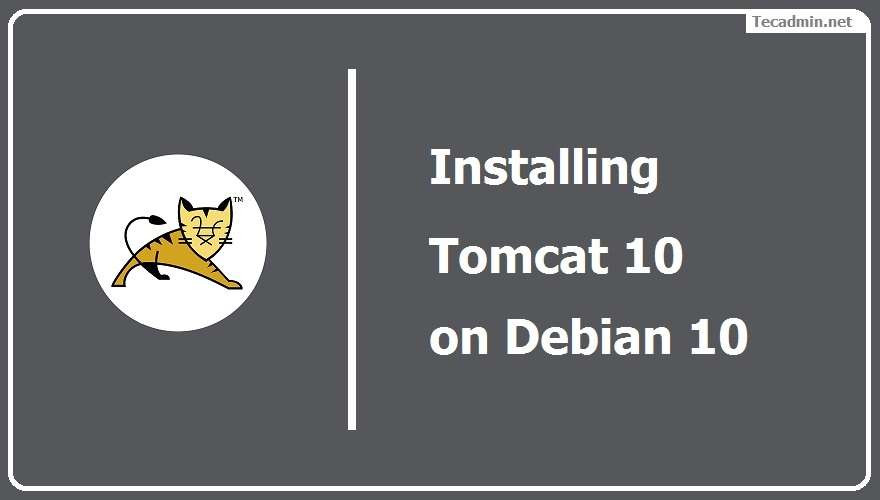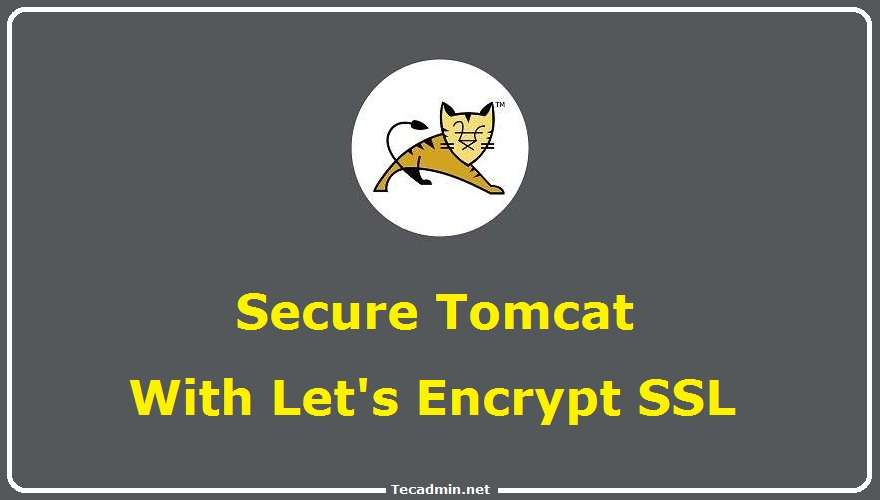PostgreSQL is a powerful, reliable, robust and open source object-relational database system. The latest version of this database system is PostgreSQL 13.2, while versions 12.6, 11.11, 10.16, 9.6.21, & 9.5.25 still getting regular updates. This tutorial describes how to install the latest PostgreSQL on Ubuntu 20.04 LTS Linux system. Also, include the steps to install pgAdmin4. Prerequisites A running Ubuntu 20.04 LTS system with shell access. Log in as a sudo user and press “CTRL+ALT+T” to open a terminal. Then install a few required packages. sudo apt update sudo apt install wget curl ca-certificates Step 1 – Install PostgreSQL in…
Author: Rahul
In this article you will learn to how to convert a PDF file to Image in Linux command line interface. Pdftoppm converts Portable Document Format (PDF) files to the color image files like PNG, JPG etc. Pdftoppm reads the PDF file and creates one PPM (image) file for each page. Before beginning this tutorial, you must have to install below package on your system. Use one of the following commands to install poppler package # On Ubuntu/Debian & Linux Mint sudo apt install poppler-utils # On CentOS/RHEL & Fedora sudo dnf install poppler-utils # On Arch Linux sudo pacman -S…
CloudFront is an popular caching and content delivery network service provided by the Amazon Web Services. It delivers data to users though its global data centers. CloudFront also make a local cache of content on its servers, which is further uses to quickie fulfill users requests. The Invalidation allows us to remove object(s) from the Cloudfront cache before it expires. It allows you to remove a specific object from cache as well use supported wildcard character to remove multiple objects. You can also remove all the objects from cache by using “/*” parameters to invalidation requests. In this tutorial, you…
Fail2ban is an tool used to improve server security from cyber attacks. It allows you to block remote ip addresses temporary or permanently based on defined settings. It helps you to secure your server and data from attackers. This tutorial decribed you the steps to install Fail2ban on a Debian 10 Buster Linux systems. Also provides you initial configuration with protect SSL using fail2ban. Prerequisites You must have a running Debian 10 system with console access. Login to your system with sudo privileged account. Step 1 – Installing Fail2ban Fail2ban Debian packages are available under the default apt repositories. You…
In the digital age, security is paramount. For Ubuntu server administrators, one of the essential tools to enhance security is Fail2ban. This powerful software aids in preventing unauthorized access by monitoring system logs for suspicious activities and implementing temporary bans on IP addresses that show signs of malicious behavior. This article provides a comprehensive tutorial on configuring Fail2ban in Ubuntu, ensuring your system is better protected against cyber threats. What is Fail2ban? Fail2ban is an intrusion prevention software framework that protects computer servers from brute-force attacks. It monitors log files (e.g., /var/log/auth.log, /var/log/apache/access.log) and temporarily or persistently bans IPs that…
Google Cloud SDK provides a set of tools that are used to manage resources hosted on Google Cloud Platform (GCP). The Cloud SDK (Software Development Kit) provides gcloud, gsutil, nd bq commands with the ability to access the Google Cloud via the terminal. You can install the Cloud SDK from the officially provided Debian repository. Cloud SDK is also available as Snap package but don’t includes kubectl. This tutorial describe you to how to install Google Cloud SDK on Debian 10 Buster Linux system. Prerequisites You must have sudo privileged account access to your Debian 10 system with console access.…
GoAccess is a real-time log analyzer for web server on Unix/Linux systems. It alos allows to access logs via the web browser. The main purposes is to allow users to provide a quick way to analyze and view web server statistics in real time without needing a web browser. It supports most of the web log formats (Apache, Nginx, Amazon S3, Elastic Load Balancing, CloudFront, Caddy, etc). You just need to set the log format and use. GoAccess also generates a complete, self-contained real-time HTML report, which is helpful for analytics, monitoring and data visualization. It also support JSON and…
Apache Tomcat is a widely-used open-source Java Servlet Container developed by the Apache Software Foundation. It powers numerous large-scale, mission-critical web applications across a diverse range of industries and sectors. This guide will walk you through the process of installing Apache Tomcat 10 on Debian Linux, setting you up for deploying your Java web applications efficiently. Prerequisites A system running Debian Linux A user account with sudo privileges Java SE 8 or later installed on your Debian system You can get cheaper instances from DigitalOcean hosting. Step 1: Install Java Tomcat 10 required JRE 8 or higher version installed on…
Let’s Encrypt is a certificate authority that provides valid SSL certificates to be used for the web application. It provides certificates freely for everyone with some restrictions. Security first should be the thumb rule for any organization to secure your hard-working code from hackers. It becomes more important while traveling application data over public networks. For this situation, we need to implement end-to-end encryption using TLS. This tutorial helps you to issue a new let’s encrypt SSL certificate and configure it with the Tomcat web server. Prerequisites This tutorial doesn’t cover the Tomcat installation. We are assuming that you already…
React is an open-source JavaScript library for creating web frontend and UI components. It is developed and maintained by the Facebook and a large community of developers. This is also useful for creating mobile applications. We will use yarn package manager to create a reactjs application and make production build. Pm2 to run and monitor react application. This tutorial will help you to create a new React.js Application on a developer system. Also help you to run reactjs application and make a production build. Prerequisites React.Js application’s can be run on any platform having node.js installed. We preferred to install…


